Porsche 99X Electric revealed: can it dominate Formula E?
German carmaker will use Le Mans tech to drive its first all-electric racer

Porsche has unveiled its new 99X Electric, a racing car that will spearhead the company’s foray into the Formula E series.
Revealed in a broadcast on the streaming website Twitch, the 99X Electric is Porsche’s first electric racing machine and will be used to promote the company’s push towards electric production cars.
It’s the German carmaker’s first top-tier factory race team since its departure from the LMP1 category of the World Endurance Championship (WEC) in 2017.
The Week
Escape your echo chamber. Get the facts behind the news, plus analysis from multiple perspectives.

Sign up for The Week's Free Newsletters
From our morning news briefing to a weekly Good News Newsletter, get the best of The Week delivered directly to your inbox.
From our morning news briefing to a weekly Good News Newsletter, get the best of The Week delivered directly to your inbox.
Prior to that, Porsche won three 24 Hours of Le Mans races and a trio of WEC Constructors’ Championship titles during its four-year stint in the series.
While Porsche has a history of dominating the sports it enters, the nature of Formula E and its sheer competitiveness mean the carmaker faces a challenge when the 2019-20 season gets under way in November.
Why does it look like every other Formula E car?
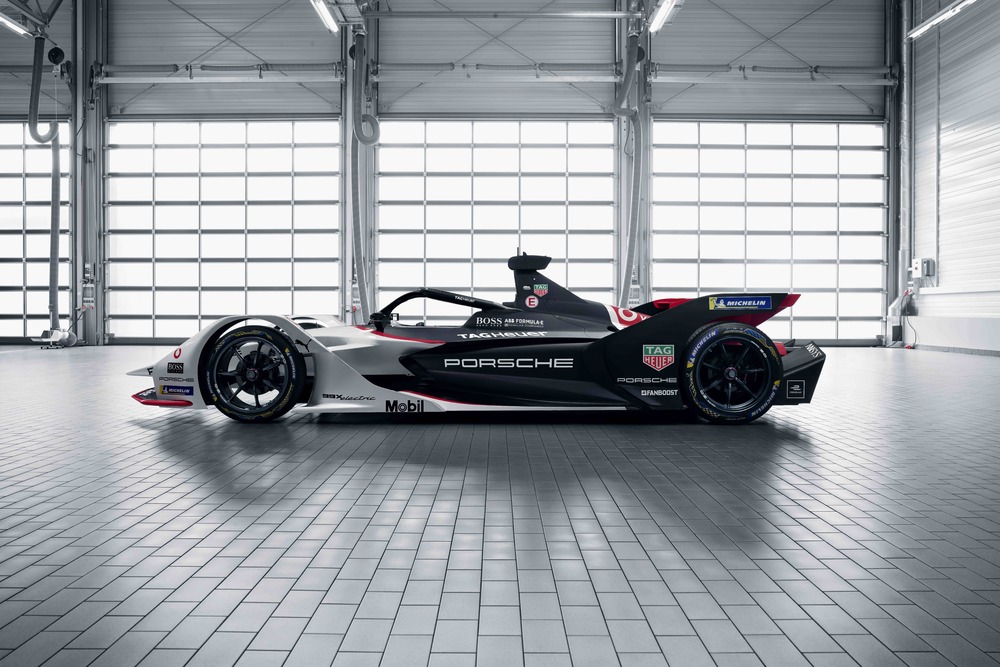
In many respects, Formula E is a spec series. The cars’ design, in contrast to F1, is an area that cannot be changed, meaning teams cannot add extra wings or bargeboards to improve the vehicle’s aerodynamics.
A free daily email with the biggest news stories of the day – and the best features from TheWeek.com
Therefore, the 99X carries the same futuristic wings, low-profile all-weather Michelin tyres and halo safety device around the cockpit as every other team.
To differentiate itself from its rivals, Porsche has covered the car “in the brand’s typical white, black and red livery”, notes Car magazine.
The team’s title sponsor is British telecoms firm Vodafone, marking the company’s return to top-tier motorsport since severing its ties with the McLaren F1 team at the end of 2013.
What are the battery and power specs?

The design may be locked by the regulations, but Porsche and its competitors are given more freedom to develop their cars underneath the bodywork.
As reported by PistonHeads, the rules allow Porsche to build its own “E-Performance Powertrain”, comprising its own electric motor, inverter, gearbox, differential and engine control unit (ECU).
In regular race mode, the 99X Electric produces round 272bhp, the motoring site says. That figures rises to 315hp in “attack mode”, which can be enabled at certain points throughout the race, while qualifying mode has the highest power output at 340hp. In this mode, the EV can sprint from 0-62mph in 2.8 seconds and reach a maximum speed of 174mph.
So can Porsche dominate once again?
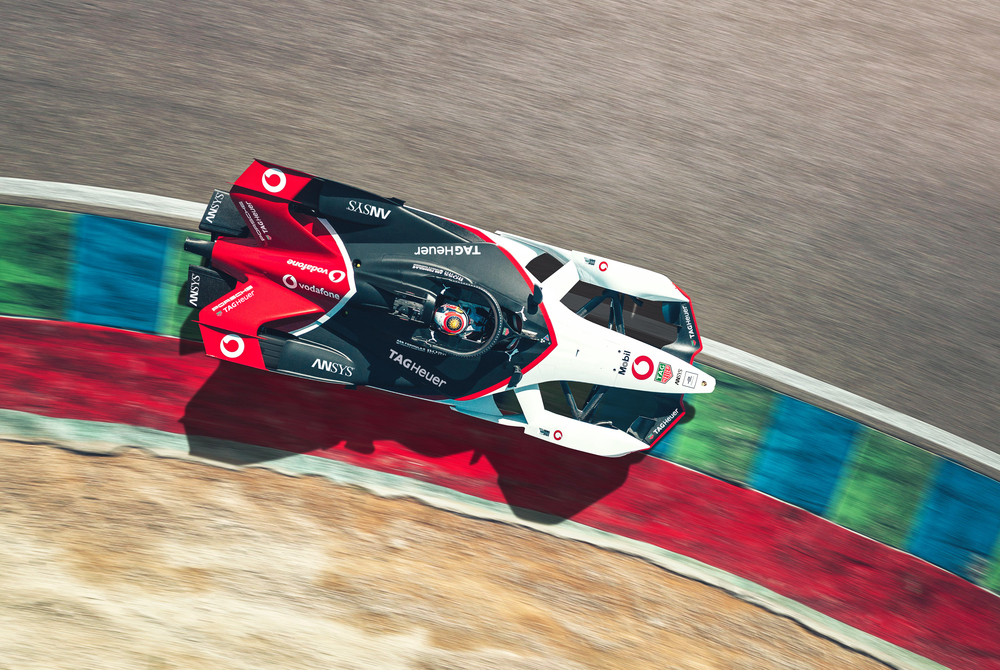
It’s unlikely, given that there’s little room for teams to gain an advantage over the competition.
Porsche’s success in the WEC’s top-tier LMP1 Hybrid category was arguably down to a budget running into the hundreds of millions of dollars, along with relatively open engine and aerodynamic regulations.
That changes in Formula E, where the rules are written to deliver competitive racing over technical gains.
What gives Porsche a slight advantage over other series newcomers is that it has been able to transplant electric technology plucked from its dominant 919 Le Mans machines into its Formula E car, according to Autocar.
Yet with BMW, Jaguar and Audi all struggling on their Formula E debuts, Porsche may have its work cut out when the 2019-20 season gets under way in Saudi Arabia on 22 and 23 November.
-
 Biggest political break-ups and make-ups of 2025
Biggest political break-ups and make-ups of 2025The Explainer From Trump and Musk to the UK and the EU, Christmas wouldn’t be Christmas without a round-up of the year’s relationship drama
-
 Why 2025 was a pivotal year for AI
Why 2025 was a pivotal year for AITalking Point The ‘hype’ and ‘hopes’ around artificial intelligence are ‘like nothing the world has seen before’
-
 The best drama TV series of 2025
The best drama TV series of 2025the week recommends From the horrors of death to the hive-mind apocalypse, TV is far from out of great ideas
-
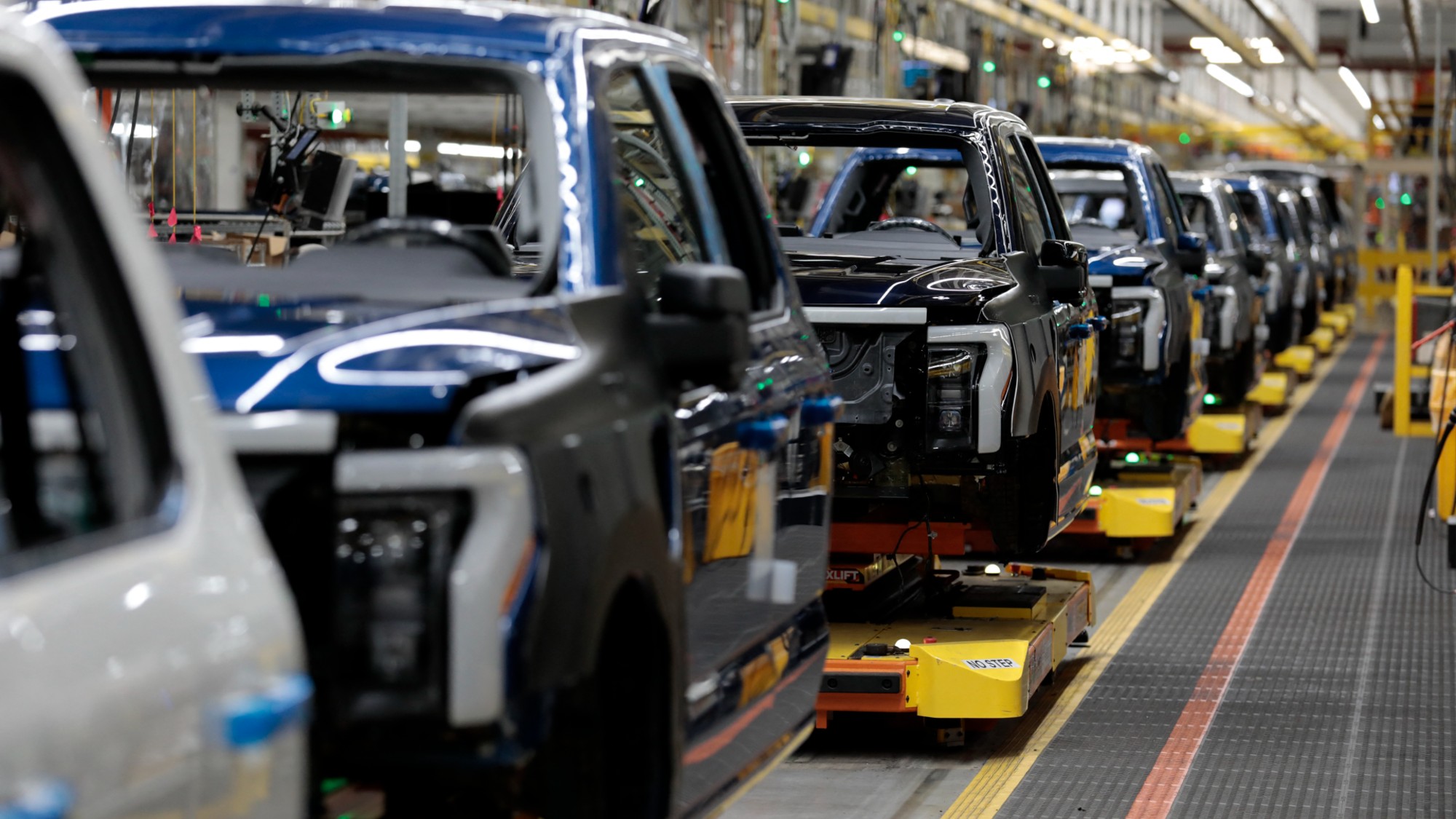 How will Ford reinvent EV manufacturing to compete with China?
How will Ford reinvent EV manufacturing to compete with China?Today's Big Question Henry Ford's assembly line system is being replaced
-
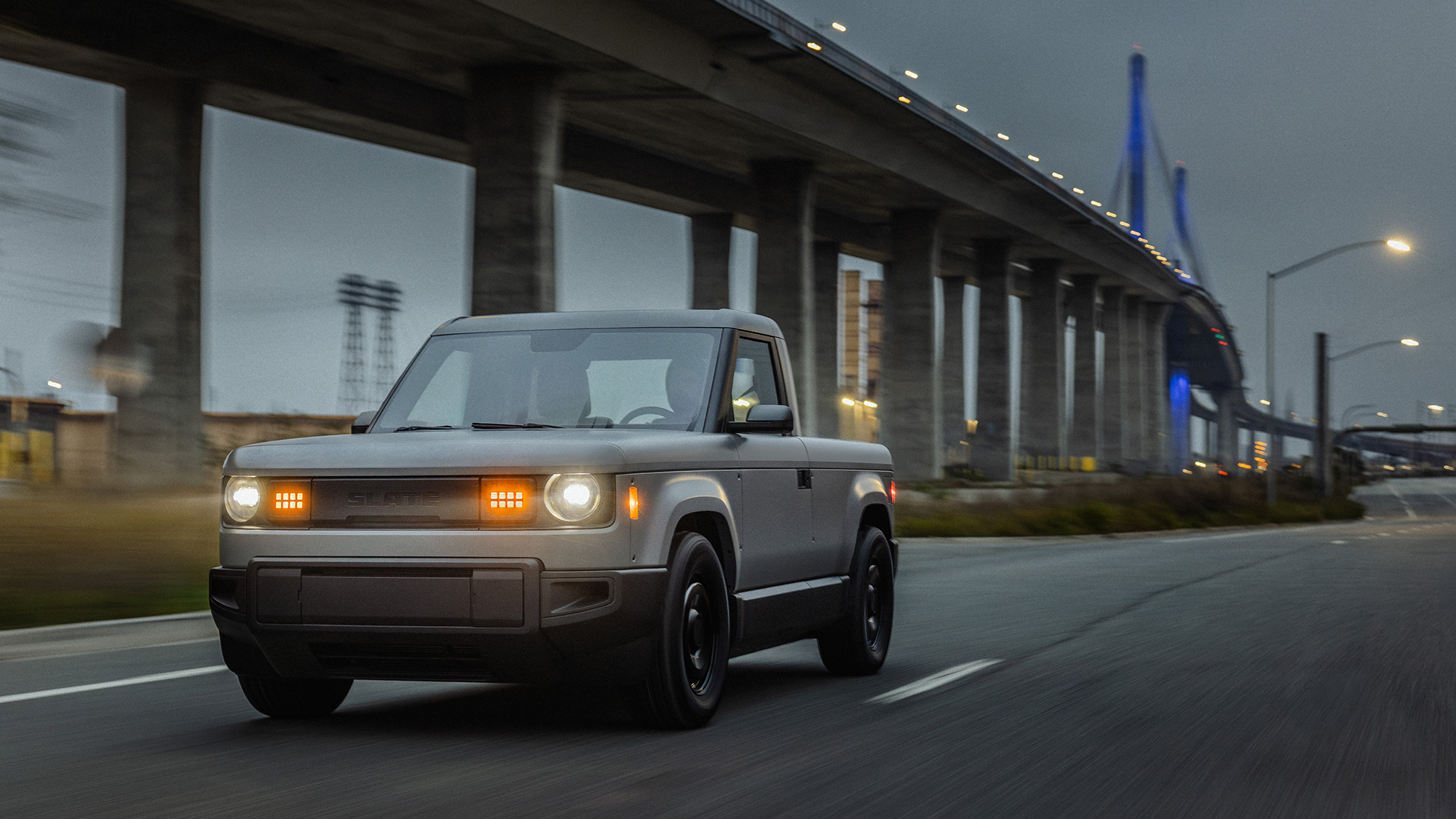 Why Bezos' new pickup could be a 'wrecking ball' in EV industry
Why Bezos' new pickup could be a 'wrecking ball' in EV industryToday's Big Question Slate Auto's no-frills approach is a 'potential Tesla killer'
-
 Why the UK phone signal is so poor
Why the UK phone signal is so poorUnder The Radar Having trouble connecting? A lack of investment, planning rules and even your home could be to blame
-
 Gen Z doesn't want cars
Gen Z doesn't want carsUnder the Radar Olivia Rodrigo may have been excited to get her driver's license, but many young people are less enthused by car culture
-
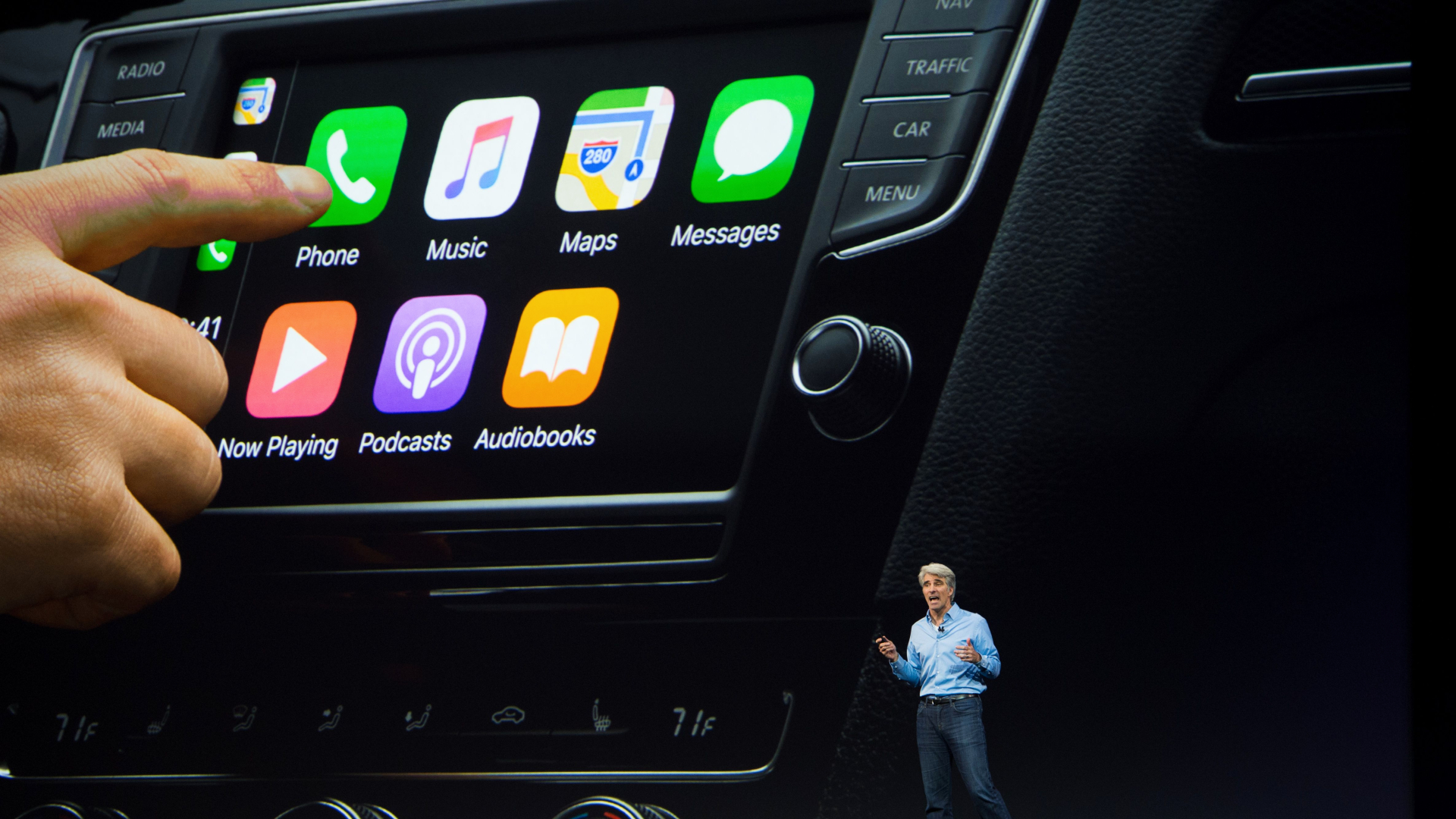 Apple kills its secret electric car project
Apple kills its secret electric car projectSpeed Read Many of the people from Project Titan are being reassigned to work on generative AI
-
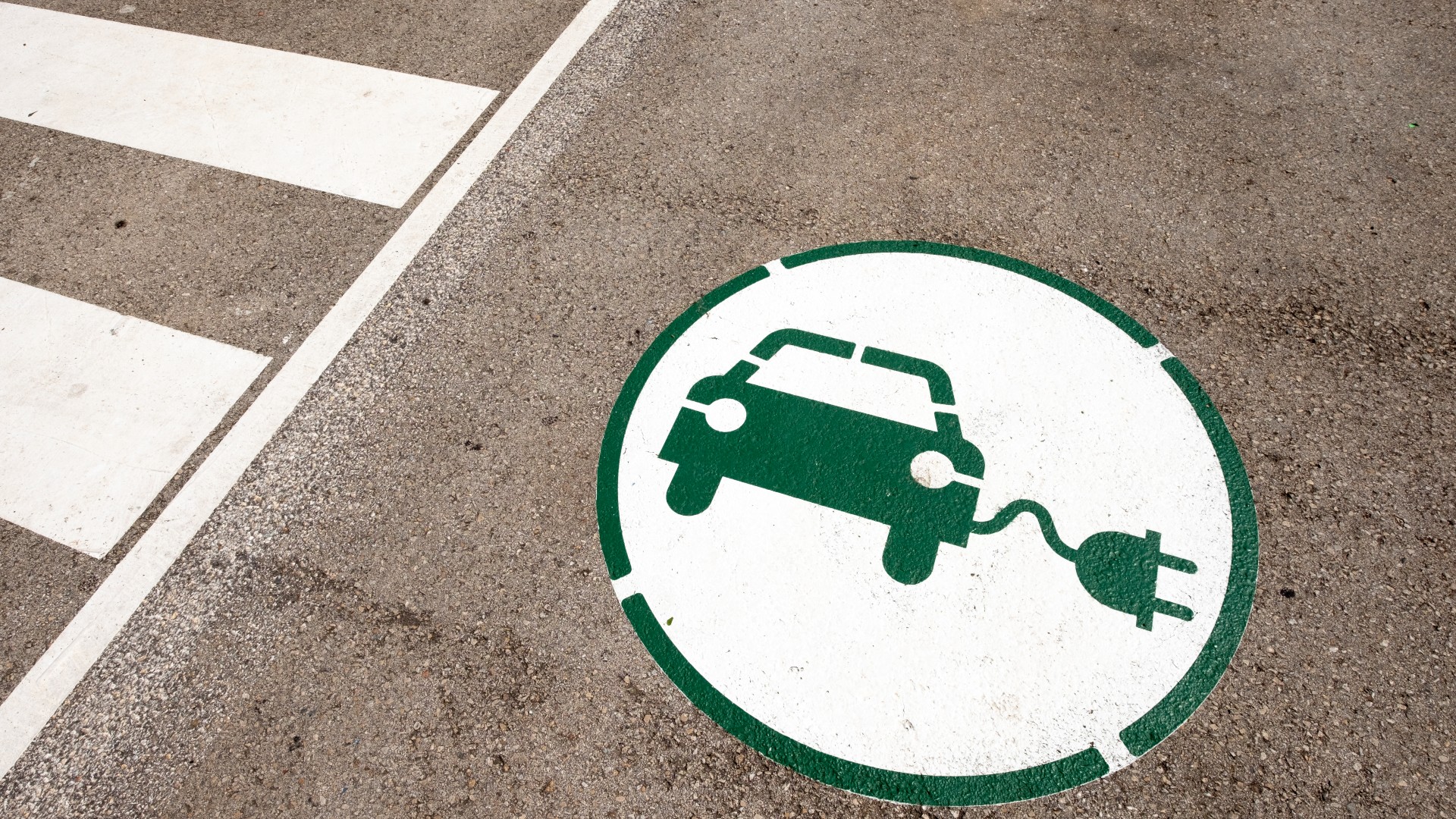 Detroit debuts America's first wireless charging road for electric vehicles
Detroit debuts America's first wireless charging road for electric vehiclesunder the radar The Motor City is trying to stay at the forefront of automotive innovation
-
 LK-99: the room-temperature superconductor discovery causing a stir
LK-99: the room-temperature superconductor discovery causing a stirfeature Scientific community sceptical of ‘magic material that would revolutionise our world’
-
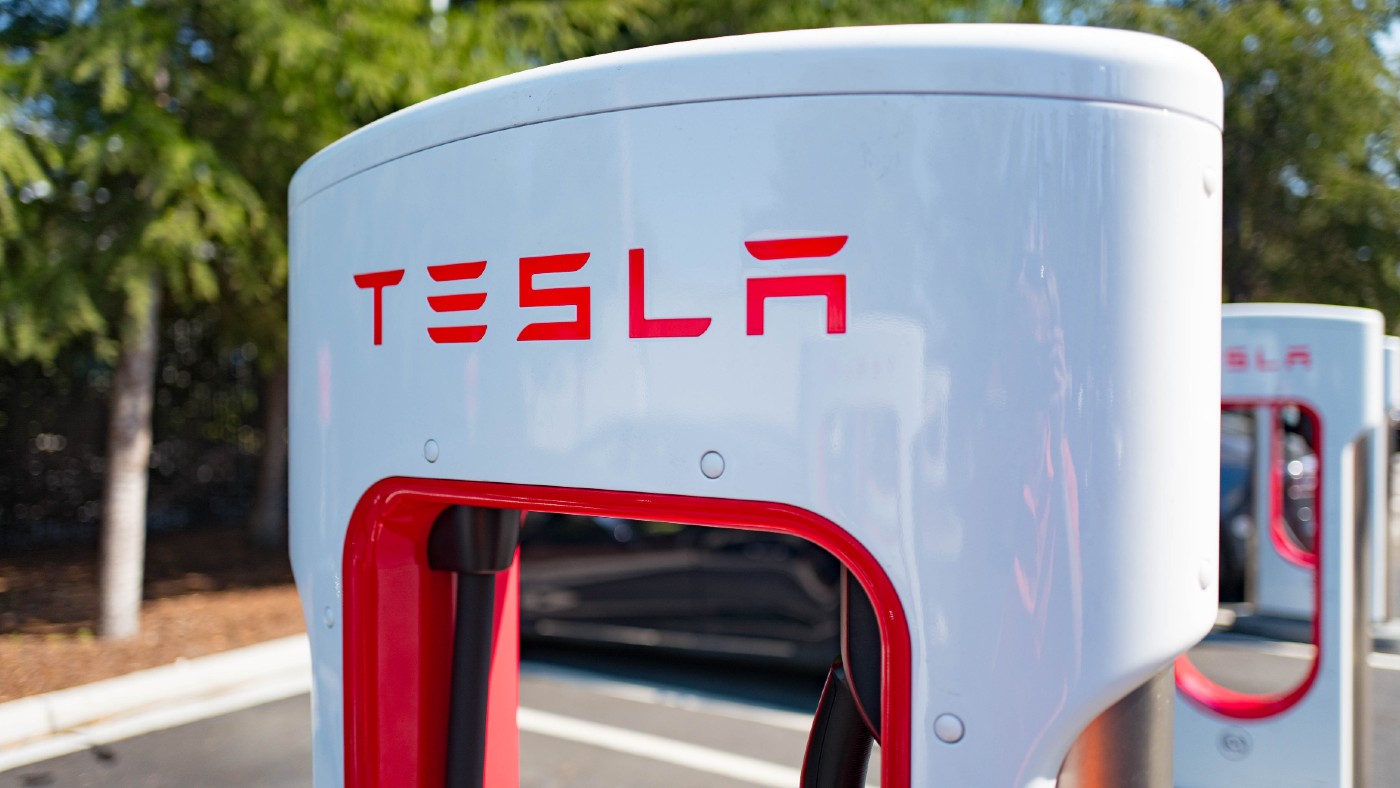 Why 2023 is a make or break year for electric vehicles
Why 2023 is a make or break year for electric vehiclesfeature As Tesla shares fall, a growing roster of new rivals is revving on the sidelines